
- Subject:
- Life Science
- Material Type:
- Module
- Author:
- Urbi Ghosh
- Date Added:
- 08/05/2019



Biology is designed for multi-semester biology courses for science majors. It is grounded on an evolutionary basis and includes exciting features that highlight careers in the biological sciences and everyday applications of the concepts at hand. To meet the needs of today’s instructors and students, some content has been strategically condensed while maintaining the overall scope and coverage of traditional texts for this course. Instructors can customize the book, adapting it to the approach that works best in their classroom. Biology also includes an innovative art program that incorporates critical thinking and clicker questions to help students understand—and apply—key concepts.
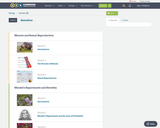

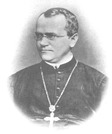
By the end of this section, you will be able to:Describe the scientific reasons for the success of Mendel’s experimental workDescribe the expected outcomes of monohybrid crosses involving dominant and recessive allelesApply the sum and product rules to calculate probabilities
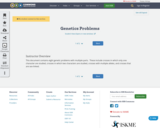
This document contains eight genetic problems with multiple parts. These include crosses in which only one character are studied, crosses in which two characters are studied, crosses with multiple alleles, and crosses that are sex-linked.
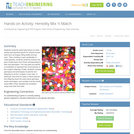
Students randomly select jelly beans (or other candy) that represent genes for several human traits such as tongue-rolling ability and eye color. Then, working in pairs (preferably of mixed gender), students randomly choose new pairs of jelly beans from those corresponding to their own genotypes. The new pairs are placed on toothpicks to represent the chromosomes of the couple's offspring. Finally, students compare genotypes and phenotypes of parents and offspring for all the "couples" in the class. In particular, they look to see if there are cases where parents and offspring share the exact same genotype and/or phenotype, and consider how the results would differ if they repeated the simulation using more than four traits.

Using examples from anthropology and sociology alongside classical and contemporary social theory, this course explores the nature of dominant and subordinate relationships, types of legitimate authority, and practices of resistance. The course also examines how we are influenced in subtle ways by the people around us, who makes controlling decisions in the family, how people get ahead at work, and whether democracies, in fact, reflect the “will of the people.”
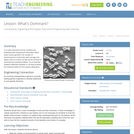
In a class discussion format, the teacher presents background information about basic human genetics. The number of chromosomes in both body cells and egg and sperm cells is covered, as well as the concept of dominant and recessive alleles. Students determine whether or not they possess the dominant allele for the tongue-rolling gene as an example.